Stepping Softly: Getting to the bottom of basketball sneaker cushioning
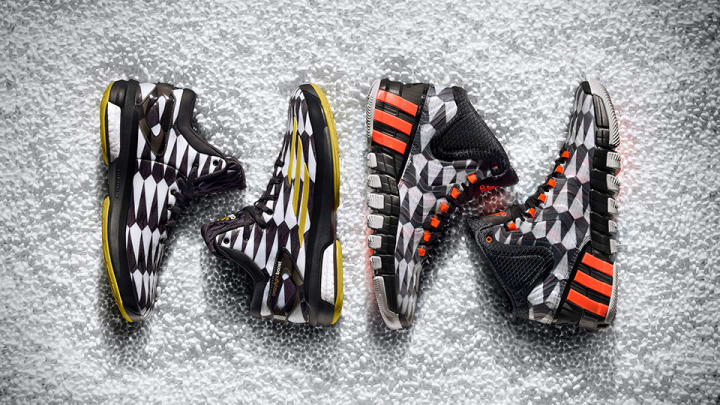
LeBron James isn’t small. At 6'8", 250 pounds James hits the hardwood with force. Every step takes a beating and after over 155 miles on the court this season, James' kicks require powerful cushioning to soften the blow. But not every NBA player lands the same on their feet, from Damian Lillard, Kyrie Irving to Derrick Rose.
With the diversity of players, comes a diversity of cushioning needs. And when you add in an entire range of shoes for every brand’s product line, the diversity of pricing also comes into play. Cushioning isn’t a one-type fit for all. From brand to brand let’s explore the world of basketball sneaker cushioning.
Nike Zoom Air
Nike gave us air cushioning over 25 years ago, but the brand’s use of air has evolved to a new way of looking at the technology for today’s game: Nike Zoom Air.
While the first versions bubbled it underfoot before Max Air gave us even more. Zoom Air does something different—it uses a series of polyester or nylon fibers highly tensioned inside the air bag. Think of a sandwich, Taryn Hensley, Nike’s cushioning innovation director, tells SI.com, with two layers of bread. Nike, with a needle and thread, creates vertical fibers inside two solid layers—your bread—adhering the layers together. When the sewn-together air bag gets pressurized in the Zoom system it pushes the fibers into high tension.
“The automotive or apparel industry is wanting fibers to be loose and soft and flex and we want them to be in very high tension,” Hensley says. “What that does is when the foot comes down, it provides good cushioning and protection and when the foot comes off, the fibers snap back into a highly tensioned position.”
The Zoom—no Nike basketball sneaker line uses Max Air—plays heavily in the LeBron 12, now coming in hexagonal shapes mapped to specific pressure points under the foot, set to the needs of a basketball player.
Along with the LeBron line, the Zoom Air is seen partially in the Kobe X, Kyrie 1, KD 7, Hyperrev and Hyperposite. The Jordan Brand, a subsidiary of Nike, also uses the Zoom Air in the CP3 and Melo lines.
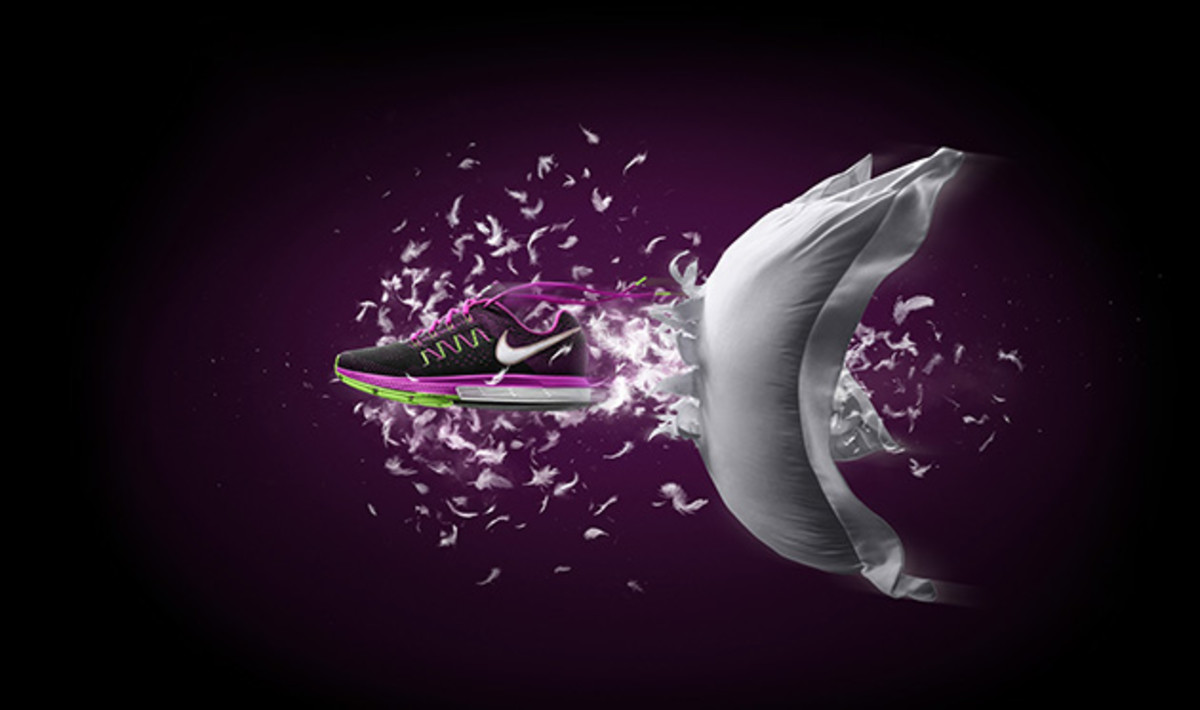
Adidas Boost
Adidas partnered with chemical manufacturer BASF to create thermoplastic polyurethane foam that outperforms EVA foam, used in over 90 percent of all running shoes, in energy return, cushioning, heat resistance and durability.
Adidas unveiled Boost in running in 2013 and added it to basketball in 2014, having to develop an entirely new manufacturing process for the shoe industry that includes heat-steaming 2,000 individual pea-size foam capsules together into the sole.
The density of the midsole remains on par as traditional foams, but offers more energy displacement out of the same height than any other foam product in the industry. Adidas uses its premier Boost cushioning in its D Rose 5 Boost and Crazylight lines.
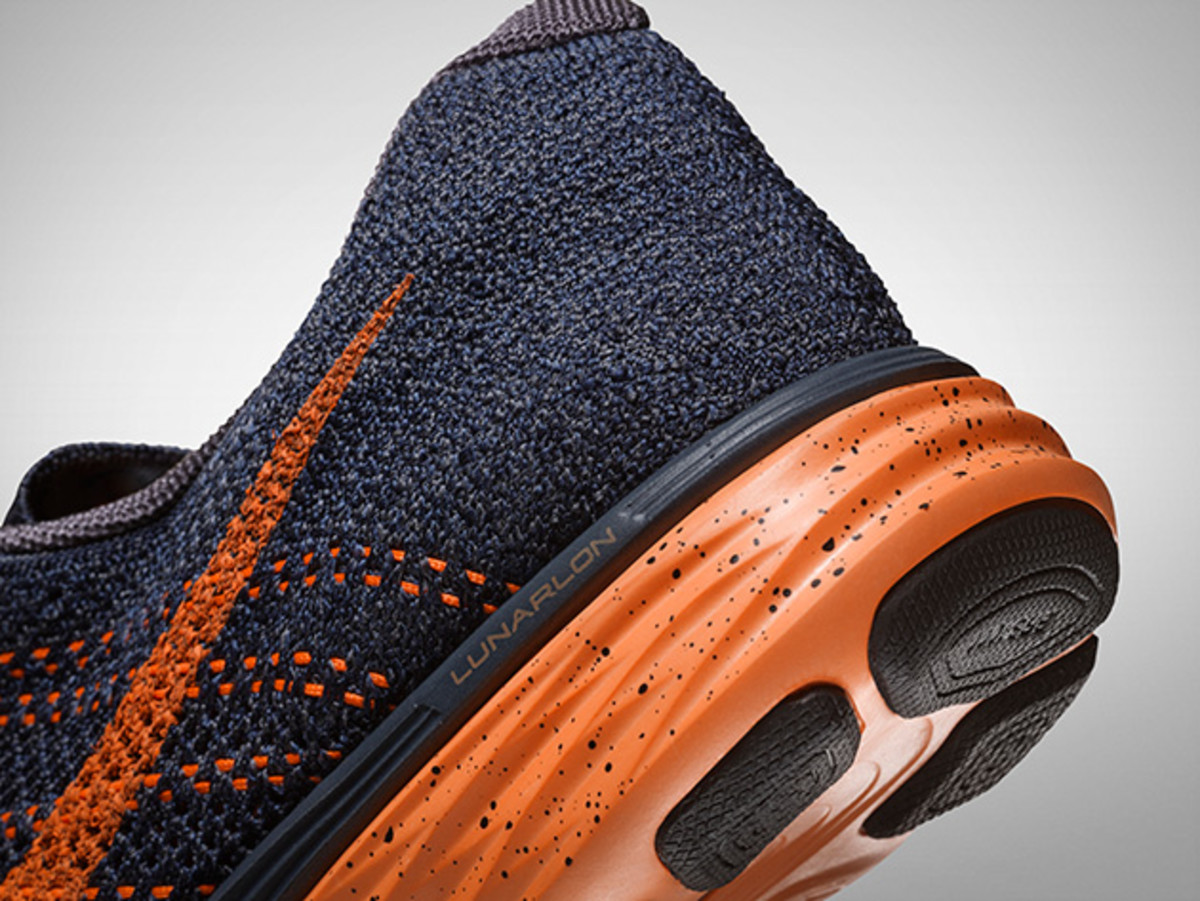
Nike Lunarlon
When Nike goes with foam cushioning over Zoom Air, the premier variety is its Lunarlon foam, a product 30% lighter than Nike’s standard Phylon foam. Debuted in running in 2008, Lunarlon gets embedded in a firmer foam carrier, giving us a dual-density construction aimed at dissipating the impact forces on a foot.
Using pressure plate tests, Nike researchers found that Lunarlon foam was able to distribute a larger pressure load across the foot better than traditional Phylon. The softness and ability to dissipate more evenly over a larger area takes the maximum pressure off specific points of the foot.
The foam will break down over time—unlike, Hensley says, Zoom Air—so the Lunarlon often couples with Zoom Air. An example of this is in the Kobe X, where a Zoom Air bag provides maximum protection for the heel, but Lunarlon gives that softness across the rest of the sole.
Other Nike shoes using Lunarlon includes the Hyperdunk, one of the most popular Nike basketball shoes of the day.
Under Armour Charged Cushioning
Most foam will ether cushion or respond to force, but Under Armour claims its Charged Cushioning, used only in the new Curry One model, represents a foam that responds to changes in loading conditions.
Developed in a partnership with Dow Chemical, the foam feels soft under low loads such as jumping up and down for a jump shot, but becomes firmer under high loads, such as exploding for a quick first step. The responsiveness reduces impact and provides a high-energy return for the player.
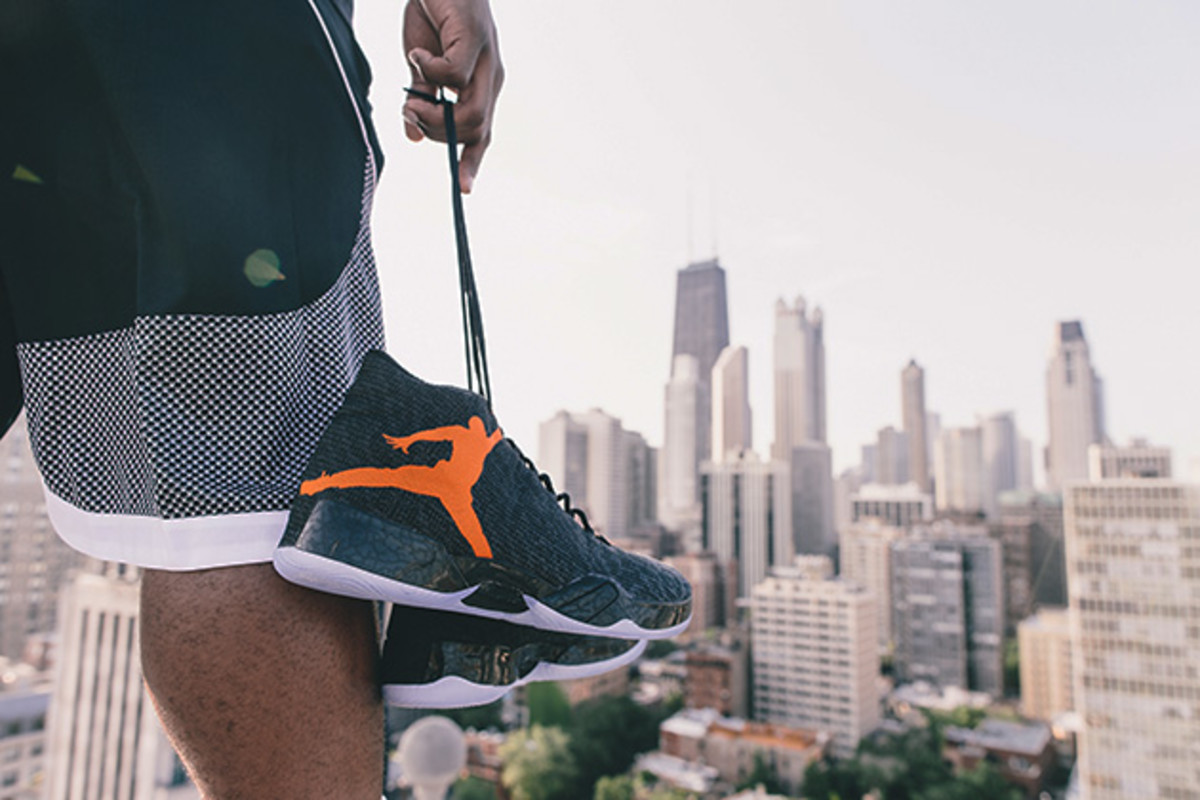
Jordan FlightPlate
The Jordan Brand does have its own twist on cushioning, even if it isn’t a cushion per se. The brand’s FlightPlate technology combines with Nike Zoom Air in the Air Jordan XX9 to add in a Pebax moderator place to “manage compression and deflection of the Nike Zoom Air cushioning units, creating a larger sweet spot.” A small bridge of outsole transitions the plate from heel-to-toe to link the forefoot and heel. Ultimately, Jordan aims to use the FlightPlate in conjunction with the Nike-designed cushioning to gain optimal energy return.
In the Superfly 3, the FlightPlate mixes with Nike’s Phylon foam.
Adidas adiprene+
When not using its Boost line for cost-saving efforts (the D Lillard 1 uses adiprene+ so they could splurge in other areas of the sneaker, designer Robbie Fuller tells SI.com), the Portland-based basketball design headquarters for Adidas opts for adiprene+, an alterative to EVA foam that Adidas says is more responsive and comfortable. Using rubber infused into the forefoot and heel, the adiprene+ cushioning system ups the comfort from EVA.
Adidas has used adiprene+ in its J Wall and D Lillard lines.
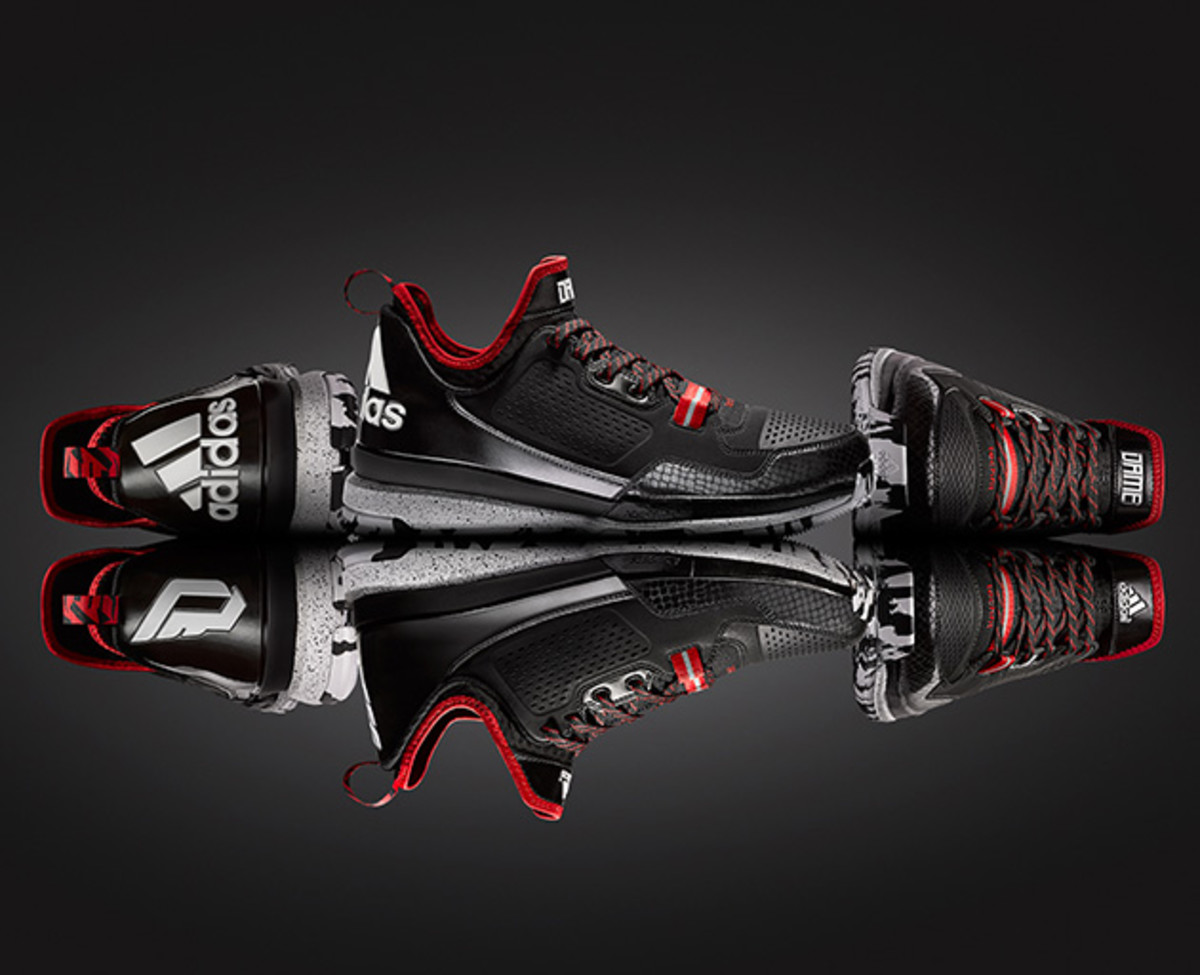
Nike Phylon
Using a molded EVA foam—the traditional standard for sneaker cushioning—Nike’s third basketball sneaker cushioning strategy is dubbed Phylon. As a compressed version of EVA, Phylon comes in lighter than a traditional EVA foam, but heavier than Lunarlon. With its compressed nature, Phylon allows players to play closer to the hardwood, which is why you see this type of foam in Nike’s two newest basketball sneakers, the Hyperchase (with lead athlete James Harden) and the Kyrie 1 (also with Zoom Air). The Hyperposite also uses Phylon with Zoom Air.
Under Armour Micro G
The remainder of the Under Armour shoe lines uses the Baltimore-based company’s Micro G cushioning, which is a super-thin and lightweight foam designed to keep the foot close to the ground. The low compression foam allows it to stay in shape longer and the high rebound component of it aims to give response during high-explosive moves, giving cushioning when most needed.
Tim Newcomb covers stadiums, design and gear for Sports Illustrated. Follow him on Twitter at @tdnewcomb.
